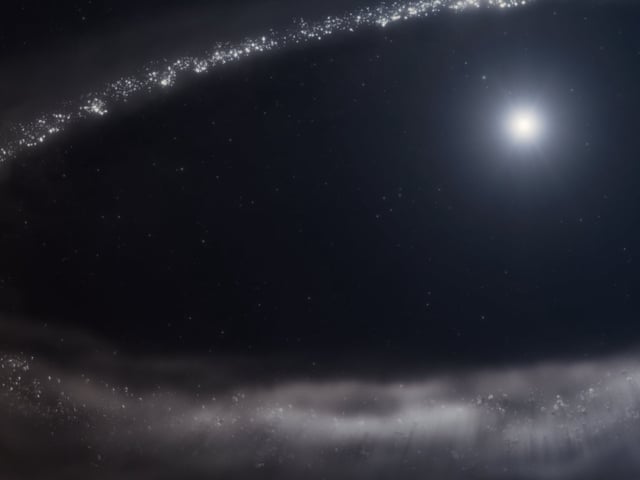Overview
- NASA’s James Webb Space Telescope has definitively identified crystalline water ice in the debris disk of HD 181327, a sun-like star 155 light-years away.
- The ice is distributed unevenly, with over 20% in the cold outer regions, tapering to about 8% in the mid-disk, and almost none near the star due to higher temperatures.
- This is the first confirmed detection of crystalline water ice in a young planetary system, offering parallels to the Kuiper Belt and early solar system conditions.
- The discovery highlights the potential for icy debris to influence the formation of planets and deliver water to emerging rocky worlds.
- Researchers also detected carbon monoxide and possibly carbon dioxide in the disk, with plans to extend these methods to study other planetary systems.
